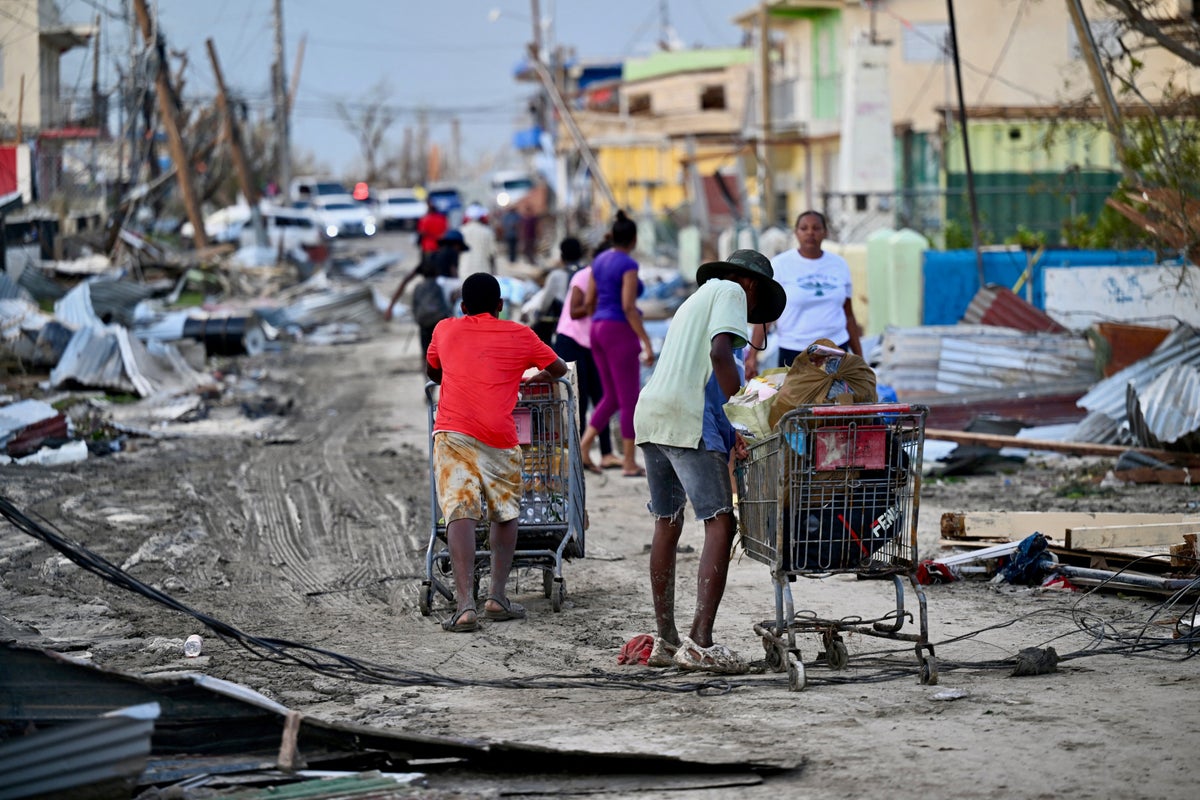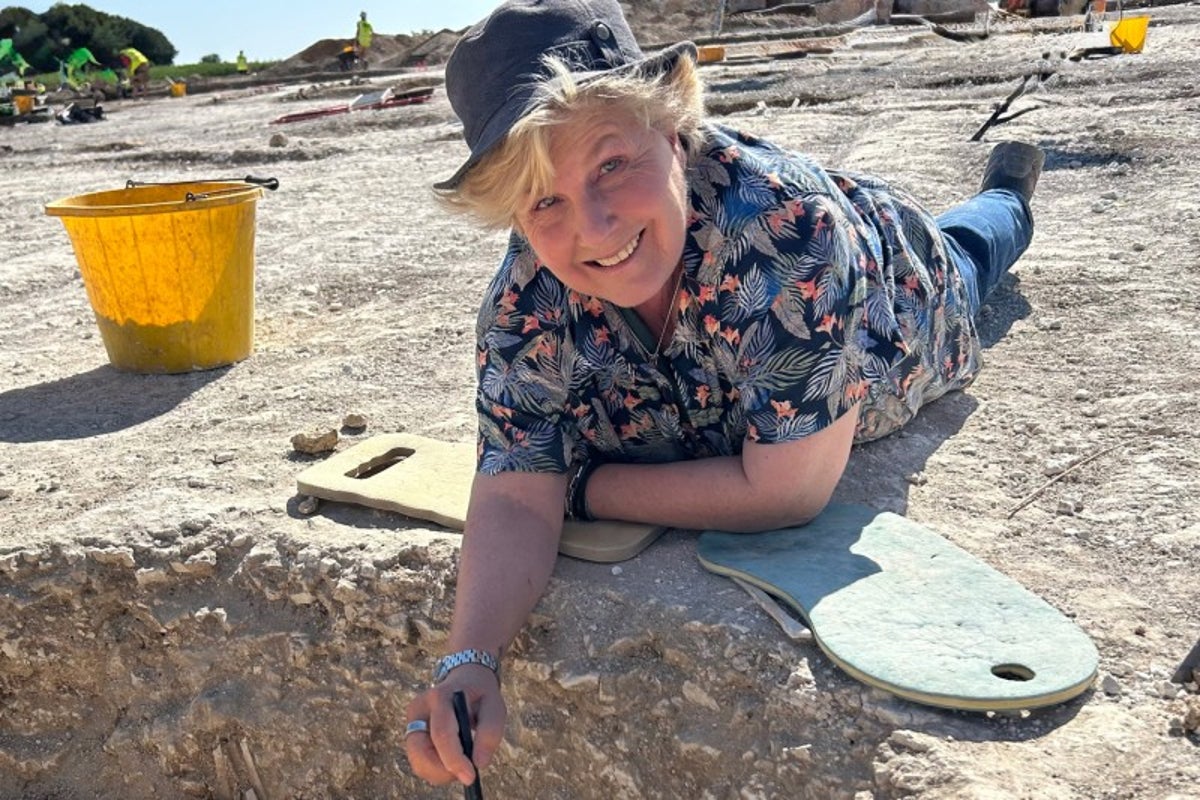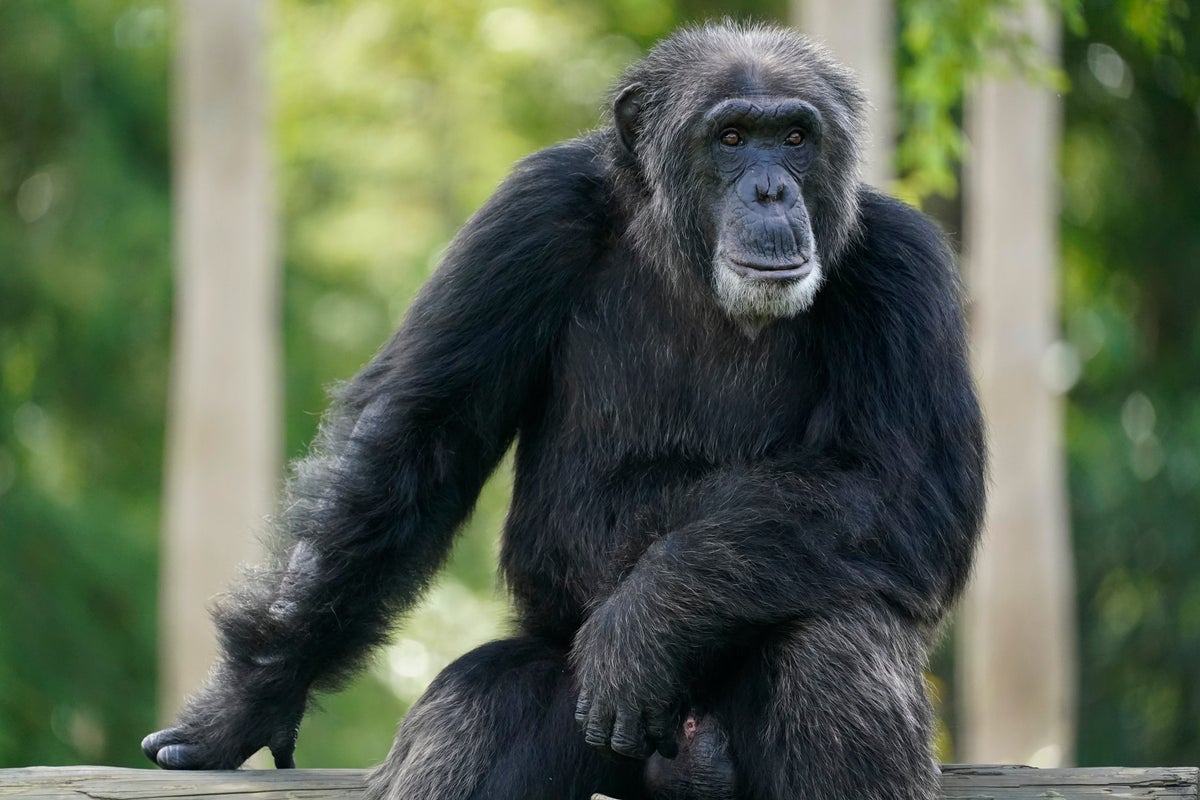Hurricanes are escalating to Category 6, heralding an era of devastation that mirrors biblical plagues; brace for chaos as climate change fuels superstorms that threaten humanity’s very existence.
The conversation surrounding hurricanes has evolved dramatically in recent years, particularly in light of the intensifying effects of climate change. Scientists have been warning that the storms we once thought we understood are now morphing into unprecedented threats, with Category 6 hurricanes looming on the horizon. The implication of such a categorization is profound and unsettling, as it suggests a new norm for hurricane forecasting and preparedness.
Climate change, driven largely by human activity, is altering atmospheric conditions and ocean temperatures, both of which are critical factors in hurricane formation and intensity. As the planet warms, the oceans absorb much of this heat, creating the perfect conditions for hurricanes to grow stronger and more destructive. The phenomenon is not merely theoretical; it has been observed in recent hurricanes that have rapidly intensified, such as Hurricane Melissa, serving as harbingers of a future where storms could yield catastrophic results.
The current classification of hurricanes utilizes the Saffir-Simpson Hurricane Wind Scale, which categorizes storms from Category 1 to Category 5 based on their sustained wind speeds. A Category 6 classification is not officially recognized, but the winds and damage associated with such storms could mean winds exceeding 200 mph, leading to unprecedented levels of destruction.
To understand the implications of a possible Category 6 storm, one must consider the historical context of hurricane activity. In the past, storms like Hurricane Katrina in 2005 and Hurricane Harvey in 2017 showcased massive flooding and wind damage, but climate change is making such events more frequent and severe. The National Oceanic and Atmospheric Administration (NOAA) has observed an increase in the number and intensity of hurricanes in recent decades, a trend that correlates with rising global temperatures.
Rising sea levels, another byproduct of climate change, exacerbate the risks posed by hurricanes. As oceans swell, storm surges become more threatening, inundating coastal communities with unprecedented water levels. The combination of stronger winds, heavy rainfall, and rising waters presents a perfect storm of conditions for devastation.
Moreover, the economic impact of these hurricanes cannot be overstated. The damage caused by hurricanes has skyrocketed, with costs reaching into the hundreds of billions of dollars. Insurance companies and governmental agencies are grappling with the financial burden of recovery and rebuilding efforts, while communities are left to deal with the long-term consequences of displacement and infrastructure damage.
The sociopolitical implications are equally significant. As storms become more severe, the question arises: who bears the responsibility for the escalating damages? Political debates surrounding climate change have become increasingly polarized, with some leaders denying the science while others push for urgent action. The impact of severe weather is becoming a litmus test for political leadership, as constituents demand accountability and proactive measures to address climate change.
Public perception of hurricanes is also shifting; citizens now recognize them as more than just natural disasters but as existential threats tied directly to human actions. As awareness grows, so does the urgency for comprehensive disaster preparedness and climate adaptation strategies. Communities must engage in forward-thinking approaches to resilience, focusing on building infrastructure capable of withstanding future storms, creating sustainable land-use policies, and enhancing early warning systems.
Education plays a crucial role in this evolving landscape. Engaging the public in discussions about the science of hurricanes and the role of climate change is vital. Schools, community organizations, and local governments must collaborate to disseminate information and foster a culture of preparedness.
As scientists continue to explore the potential for Category 6 hurricanes, they also emphasize the importance of mitigation efforts aimed at curbing greenhouse gas emissions. Transitioning to renewable energy sources, improving energy efficiency, and protecting natural carbon sinks like forests and wetlands are all essential components of a comprehensive strategy to combat climate change and its associated risks.
In summation, the emergence of potential Category 6 hurricanes signals a pressing need for society to confront the realities of climate change and its ramifications. The dangers posed by increasingly powerful storms necessitate a collective response that transcends political divisions and prioritizes the wellbeing of humanity. As we navigate this uncertain future, it is clear that our understanding of hurricanes must evolve alongside the changing climate. Without action, the consequences will only become more dire, and the storms of tomorrow will be unlike anything we have ever faced.
Human-caused climate change is making major hurricanes like Melissa much stronger, faster and ultimately more life-threatening




